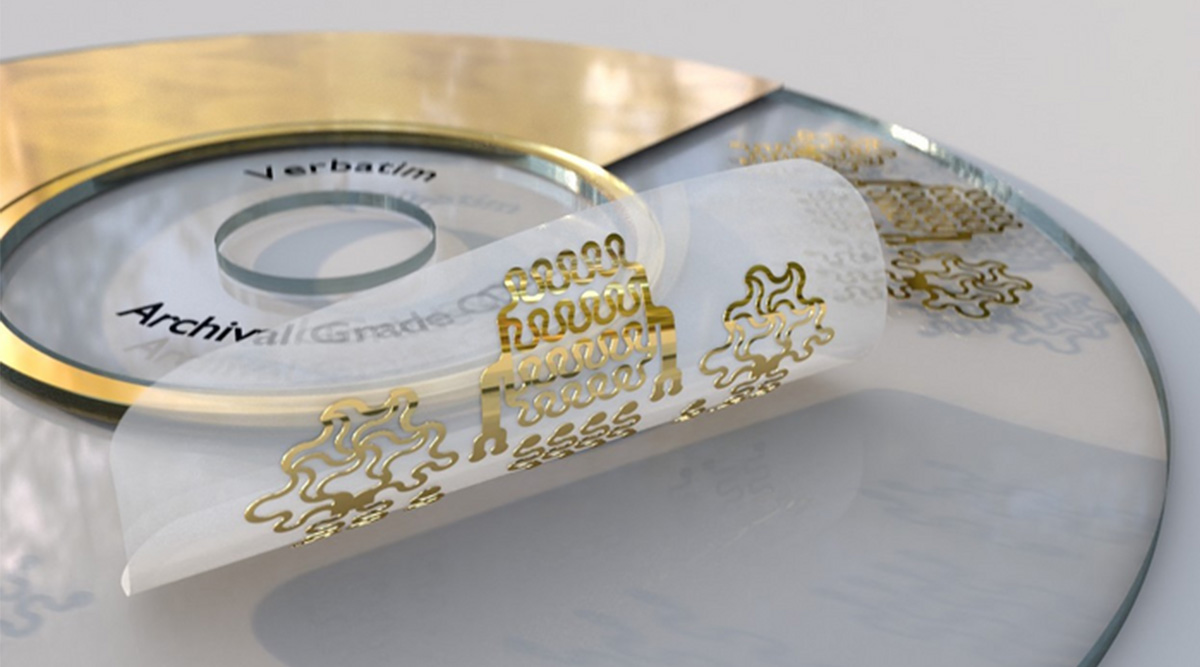Researchers from Binghamton University in New York have found a way to put old CDs to good use: they have found a method to turn them into flexible biosensors that are easy and inexpensive to manufacture.
The research has been published in Nature Communications and shows how the thin metallic layer on a gold CD can be separated from the plastic and turned into sensors that can monitor electrical activity in human hearts and muscles. These biosensors can also be used to monitor lactate, glucose, pH and oxygen levels. Further, they can communicate with smartphones using Bluetooth.
The fabrication does not require any expensive equipment and can be completed in about 20 to 30 minutes. It costs about $1.50 per device and does not release any toxic chemicals during the process. “This sustainable approach for upcycling electronic waste provides an advantageous research-based waste stream that does not require cutting-edge microfabrication facilities, expensive materials or high-calibre engineering skills,” says the paper.
Michael Brown, a PhD scholar at the University’s Department of Biomedical Engineering and lead author of the paper, began by investigating previous research on biosensors. But he found that those sensors retained the rigid structure of the CD and therefore, had limited application.
To create their version of the sensor, Binghamton researchers first needed to remove the metallic layer on the CD from the plastic material. For this, they used a chemical process combined with adhesive tape. They first loosened the metal using chemicals and then peeled off the metal using adhesive tape, similar to how a lint roller works to pick up lint.
After this, they used an off-the-shelf Cricut cutter to fashion the thin metal layer into an electronic circuit. Cricut cutters are electronic cutting machines that can be used to cut designs from different materials including paper, vinyl, cardboard etc. Currently, the technology has only been proven to work with gold CDs, but the researchers now plan to recreate a similar process with silver CDs, which are more common.
!function(f,b,e,v,n,t,s)
{if(f.fbq)return;n=f.fbq=function(){n.callMethod?
n.callMethod.apply(n,arguments):n.queue.push(arguments)};
if(!f._fbq)f._fbq=n;n.push=n;n.loaded=!0;n.version=’2.0′;
n.queue=[];t=b.createElement(e);t.async=!0;
t.src=v;s=b.getElementsByTagName(e)[0];
s.parentNode.insertBefore(t,s)}(window, document,’script’,
‘https://connect.facebook.net/en_US/fbevents.js’);
fbq(‘init’, ‘444470064056909’);
fbq(‘track’, ‘PageView’);








